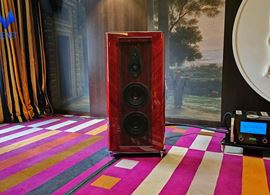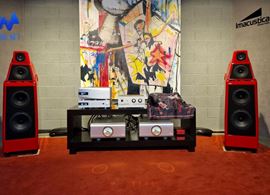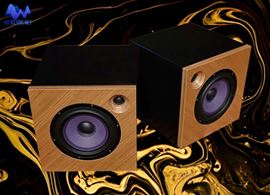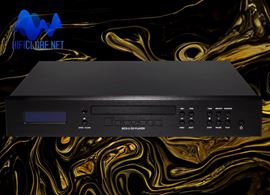I missed the concert of Supertramp's ‘Crime of the Century’ at Imacustica. But I went there today to hear Berlioz's ‘La Damnation de Faust’ on the same system.
In September, I published here an account of my first solo hearing of the Wilson Audio Watt/Puppy 50th anniversary in one of Imacustica's listening rooms.
Meanwhile, I travelled to London to attend the EISA Gala and to cover the UK HiFi Show in Ascot. It was there that I heard a pair of the new Watt/Puppy, powered by a pair of the brand-new Audio Research Reference 330M. It was a system exactly like this one, but with a pair of Wilson Loke subwoofers as acolytes, that I went to Imacustica to hear after Supertramp had warmed it up.
The Music
The room was reserved for a long-time companion and fellow music enthusiast. Having attended the earlier Supertramp concert and been impressed by the Loke's contribution to the Watt/Puppy performance, he invited me to explore with him how they would sound with more serious music.
Few compositions are as 'serious' as those by Wagner and Berlioz, characterised by their large orchestral forces and the romantic, sometimes sinister, dramatic themes that inspired them.
There is, however, one recording that stands out, not only because of Georg Solti's interpretation at the head of the Chicago Symphony Orchestra and Choir, with José van Dam, Kenneth Riegel and Frederica Von Stade, but also because of the unsurpassed quality of the Decca recording (CD414 680 2) and its ‘microphone tree’ (we'll come back to this in a future article), which perfectly captures the sound of the orchestra, choirs and soloists, and the ‘air’ in the Medinah Temple, where it was recorded.
This is a real demonstration disc, even for those who don't like classical music. Blessed is he who has a system, a room, and a house far enough away from the neighbours to listen to this disc at a live concert level.

The Watt/Puppy 50th anniversary+Audio Research Reference 330M at the recent UK Hifi Show, Ascot.
The audition
Decca manages to put us in front of the orchestra at the Medinah Temple in Chicago in terms of three-dimensional space. The impact, especially of the brass and percussion, and the presence of the soloists and choirs are overwhelming. As my listening partner commented, we got to the end, exhausted but happy and certainly not as damned as Faust.
It's not the first time we've listened to this disc together in the company of Manuel Dias, our gracious host. I already mentioned this in my analysis of the sound of the new Watt/Puppy, recalling what I wrote when I heard the same disc ‘interpreted’ at the time by the Wilson Audio XLF:
‘The brass sections tore with mighty claws through the thick web of sound woven by the terrifying cymbals, the demonic voices, the sibilant woodwinds and the raging strings’.
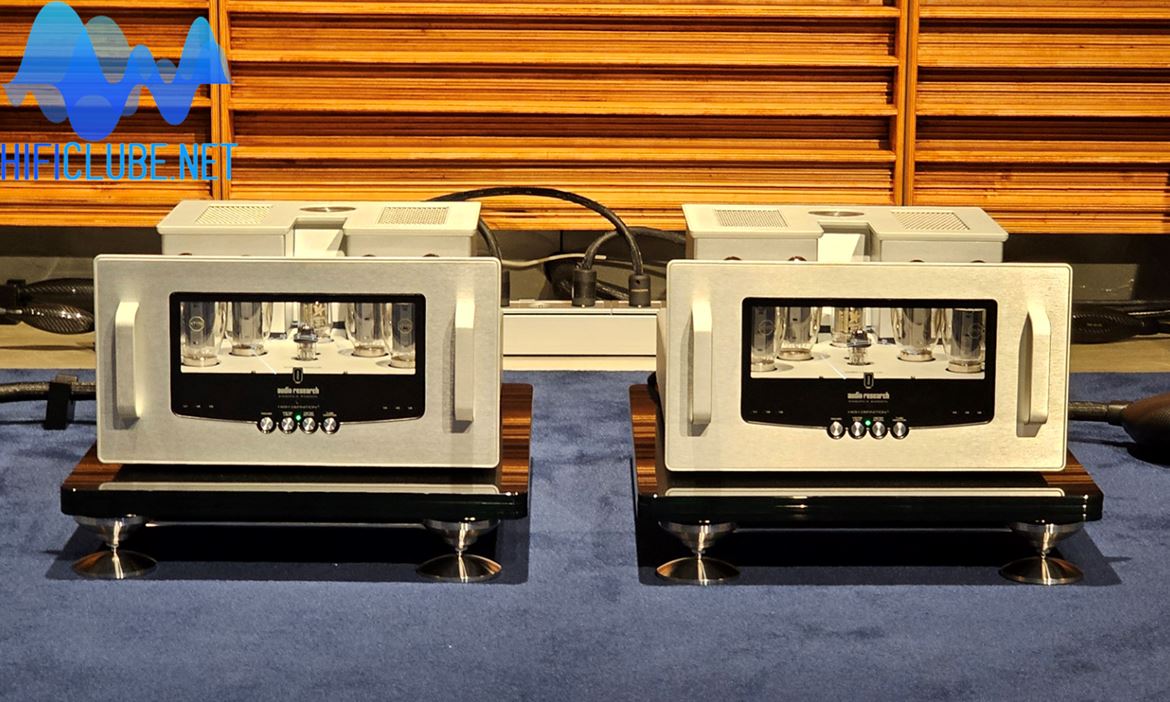
A pair of Audio Research Reference 330M monoblocks with KT170 tubes.
The listening experience
And that's how we were brought to our senses by the powerful reproduction of the ‘Hungarian March’: damn, the brass just rips through the air in the right channel; and the timpani at the back of the stage leave you with sweaty palms;
That's how we accompanied Fausto on his descent into the infernal abyss: La course à l'abîme, where the souls and demons are all men (male chorus); and the consequent Pandaemonium: ‘Ha! Irimiru Karabrao!’, in satanic language;
This is also how we went to heaven with Marguerite: Dans le ciel: ‘Laus! Laus! Hosanna! Hosanna!" There are only women (female choir), thus ending the myth of the sex of angels.
Or perhaps Solti wanted to emphasise the ethereal and angelic quality of the female voices since Berlioz's score provides for a mixed choir. On closer inspection, there are male voices in the background. With a system like this, each new listening is a discovery.

Comparing interpretations
We find ourselves not analysing the sound quality because that's a given but discussing interpretations and comparing versions. Colin Davis with the London Symphony Orchestra, for example.
There's no comparison in the more energetic passages, such as the Hungarian March: Solti and Decca win hands down.
But Davis portrays the intimate feelings of love, pain and suffering better, as in Le roi de Thulé (chanson gothique), with a masterly interpretation of Marguerite by a younger and ‘dreamier’ Josephine Veasey, already announcing the tragedy, and less ‘coy’ (lacklustre?) than Frederica Von Stade, perhaps intimidated by Solti's dominance. The Philips recording has less space and air and is, therefore, more intimate and better suited to this scene (11).
In the Solti/Decca version, the work is placed in front of our eyes with such transparency that we can distinguish minute details such as the sequence of tonal integration of the male chorus and the double basses (the voices start two octaves higher and descend to accompany the strings until they die) that illustrate Faust's ‘integration’ or ‘acceptance’ of his infernal destiny: 'Epilogue sur la terre: “Alors, l'enfer se tut”.
The devil has it
But devil may have it because before we wrapped up the audiophile session, Ricardo Polónia suggested we try a fusion track by Fourplay (Cherry Records), featuring the renowned guitarist Lee Ritenour, bassist Nathan East, keyboardist Bob James, and the phenomenal drummer Harvey Mason
Final thoughts
If you don't like classical music, it's still worth visiting Imacustica to listening to this disc. Like my listening companion, you'll realise the effect of Loke subwoofers on a sound system. A hell of a sound! In a good way, that is.
For further information: IMACUSTICA





